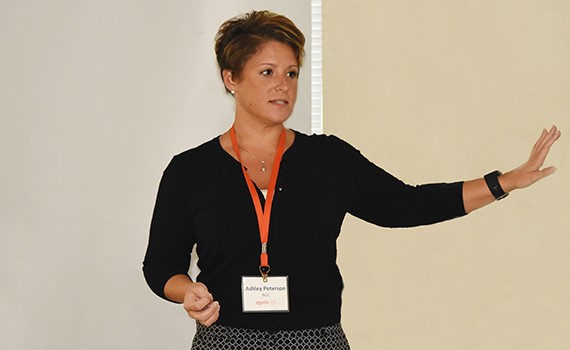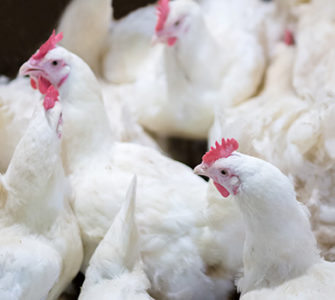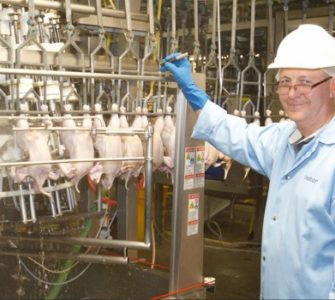NCC scientist: Food safety is everyone’s job
Food safety is a chain stretching from producers to consumers. The challenge for processors is to make sure their link in that chain remains strong.
“As an industry, as a trade association and as the USDA Food Safety and Inspection Service (FSIS), we all have the same goal in mind, and that is to protect public health,” said Ashley Peterson, Ph.D., of the National Chicken Council in Washington, D.C. She shared her insights at the recent “Young Chicken Gross Pathology Workshop” at the Georgia Poultry Laboratory in Gainesville. Zoetis sponsored the 2016 meeting.
“What can we do to minimize contamination on the part of processors?” she asked. “What can we do to educate our consumers to make sure they are properly handling and cooking the product? And how can we have a collaborative relationship with FSIS?”
Encouraging trends
According to Peterson, the industry can take heart in statistics that show that incidents of Salmonella and Campylobacter infections remained flat from 1996 through 2014.1 However, processors shouldn’t rest on their laurels. Peterson used a lighthearted exaggeration to make her point.
“About 7 million things are going on at the processing plant,” she said. “We feel like there are 7 million regulations as well that we have to comply with. And so it’s a really big balancing act. And then consumers, of course, end up not being part of the conversation a lot of the times, but they should be, because they’re the ones who are responsible for cooking their chicken to 165° F.
“If we could provide sterile chicken to the consumer, we would. But we aren’t there yet. Unfortunately, Salmonella and chicken are best friends. I haven’t figured out — and no one in this room has figured out — how to disassociate that. If we could, that would be fantastic.”
Teamwork pays
The solution must come from every part of the food chain, she emphasized. “We have to share our responsibilities,” she said. “It’s not just the industry, it’s not just FSIS, it’s not the consumer — it’s everybody working together.”
Peterson emphasized the importance of communication, collaboration and relationship building across industry segments, which can pay significant dividends:
- Public health: Decrease in incidences of foodborne illness attributable to poultry products.
- Customer and consumer satisfaction: Delivery of consistently safe and healthy chicken products.
- Establishment compliance: Processing establishments operate smoothly and consistently, and successfully produce FSIS-inspected chicken products.
- Agency efficiency: Regulations and guidance are uniformly interpreted and applied by FSIS personnel to all establishments to produce a uniformly inspected chicken product.
“Everybody in this room has the same goal,” Peterson said. “I know we have a business to run, and we know that inspectors have a job to play in all of that as well. But at the end of the day, the safer the product that we can get out the door, the company will be better off, and ultimately, the consumer will be better off.”
- Foodborne Diseases Active Surveillance Network (FoodNet): FoodNet Surveillance Report for 2014 (Final Report). Atlanta, Georgia: U.S. Department of Health and Human Services, CDC. 2014.
Posted on December 15, 2016

















